Arm Attends OPPO Developer Conference, Explores New Trends in Edge AI Technology and Applications
2025-10-20 17:12:29 1444
On October 15, the OPPO ColorOS 16 launch event and OPPO Developer Conference were grandly held in Shenzhen. Beyond unveiling OPPO's latest technologies, the conference featured multiple forums where industry leaders discussed technological innovation and building new AI ecosystems. At the event, Arm delivered a keynote address, sharing insights on the evolution of edge AI and how Arm's latest Lumex AI computing platform drives technological breakthroughs, application innovation, and ecosystem collaboration.
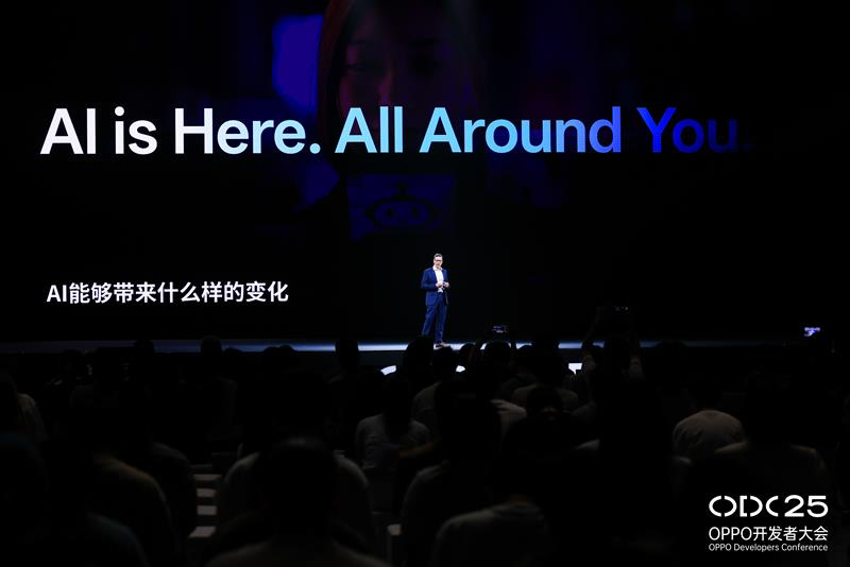
Figure.1
Edge AI Transitions from “Optional to Essential,” with Personalization as the Core Direction
"In just one year, edge AI has evolved from an ‘optional feature’ to a ‘basic expectation’ for users. “ Steve Raphael, Senior Director of Smartphone Marketing at Arm's Client Business Unit, noted in his presentation. While the industry was still exploring the feasibility of edge AI implementation in 2024, real-time intelligence has become a ‘necessity’ for mobile devices in 2025. AI is not only more powerful but also increasingly ”personalized," capable of delivering tailored services to each individual.
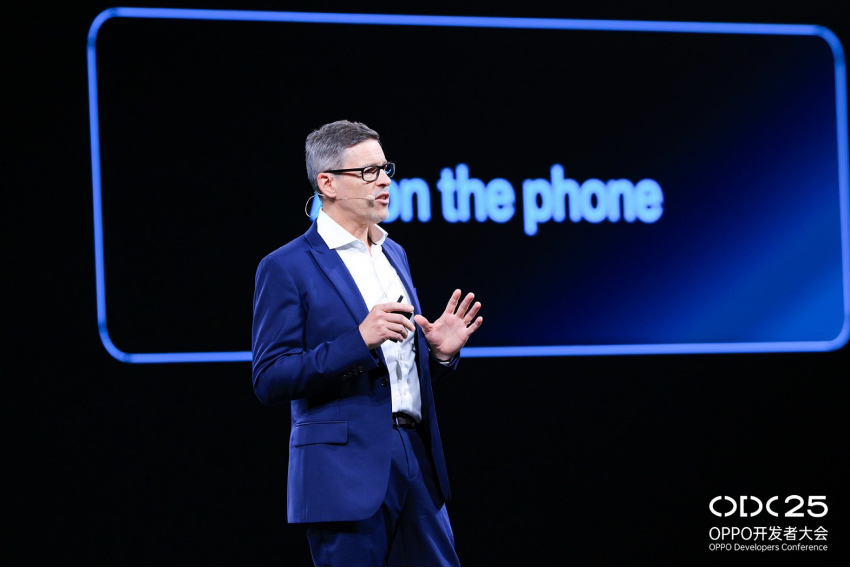
Figure. 2
This transformation hinges on rapidly evolving user demands for “personalization” and AI's “proactive collaboration” capabilities. Leveraging advancements in large language models (LLMs) and agentic AI, current edge AI can autonomously perform reasoning, planning, and task execution—from organizing workflows and real-time translation to anticipating user needs, even proactively generating travel itineraries or meeting minutes with seamless fluidity. This “seamless intelligent interaction” that truly understands users represents the ultimate goal of edge AI.
SME2 + KleidiAI Technology Accelerates Edge AI Performance Optimization
Today, smartphones serve as the primary gateway for edge AI, deeply integrated into users' daily lives and workloads. Simultaneously, intelligent systems demand “instant responsiveness, constant availability, privacy security, and low power consumption” with increasing urgency. Traditional computing models are increasingly revealing limitations in addressing these real-time, personalized intelligence requirements. To empower partners in overcoming industry challenges and meeting core industrial demands, Arm has launched its “AI-first” Lumex computing platform. Through synergistic innovation across hardware, software, and tools, this platform enables developers to achieve breakthroughs in edge AI functionality more efficiently, ultimately delivering enhanced user experiences for smartphone users.
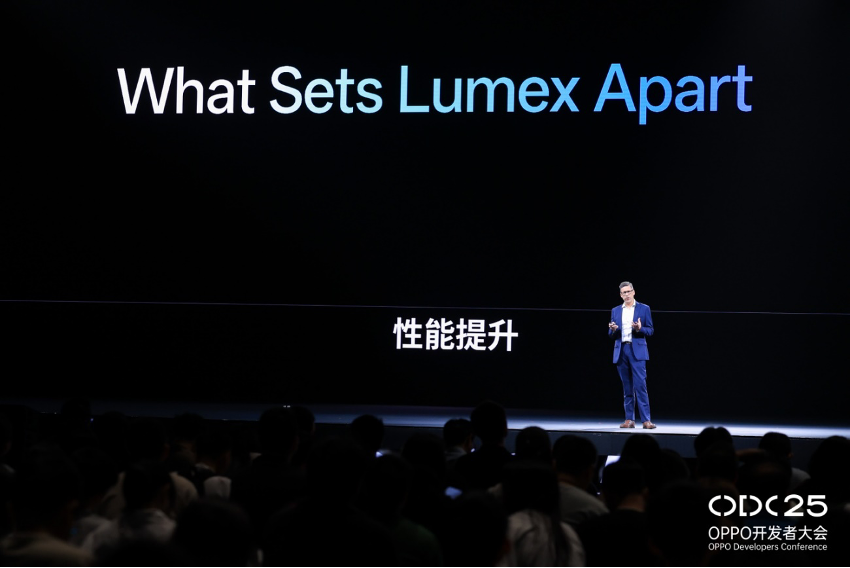
Figure. 3
At the hardware level, the CPU serves as the intelligent hub of smartphones, playing a pivotal role in edge AI. Leveraging its powerful “general-purpose computing” capabilities, developers prefer to keep workloads on the CPU, migrating only essential components to other hardware. The Arm Lumex computing platform features Arm's latest C1 series CPU—among the first CPU series based on the Armv9.3 architecture. As one of Lumex's most groundbreaking technologies, SME2 delivers transformative improvements for the C1 CPU: processing AI workloads 5 times faster than the previous generation with 3 times greater energy efficiency. For lightweight tasks under 100 milliseconds, its performance even surpasses traditional GPUs. Notably, while achieving this performance breakthrough, SME2 technology does not raise the technical adaptation threshold for developers. Instead, it effectively lowers the development and deployment costs for edge AI capabilities.
On the software front, Arm launched KleidiAI in 2024—a lightweight kernel library for AI framework developers. It delivers seamless performance optimization for AI models and workloads across an unparalleled scale of technology markets and Arm-based devices, spanning early Neon-enabled devices to the latest Lumex platforms. KleidiAI is now integrated into all major mobile operating systems and AI frameworks, including PyTorch, ExecuTorch, Google LiteRT, Alibaba MNN, and Microsoft ONNX Runtime, with widespread adoption across Android and iOS systems. With KleidiAI, developers can automatically leverage SME2 acceleration without modifying any code. This provides efficient and convenient edge AI development support for the 22 million developers in the Arm ecosystem, significantly lowering the technical application threshold and development costs.
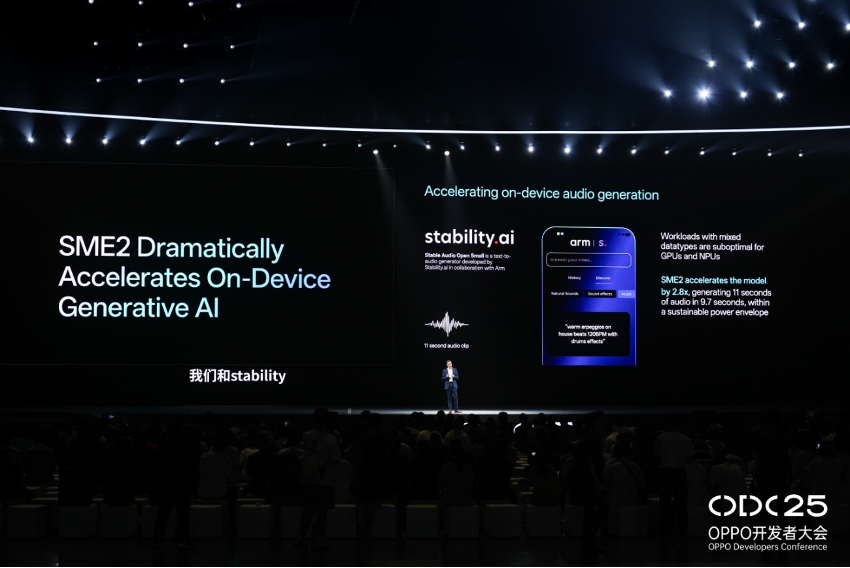
Figure. 4
Furthermore, the Arm Lumex platform employs a “top-down” methodology and tools to help developers rapidly identify performance issues across different CPUs, enabling consistent cross-platform experience optimization.
Applications like Alipay and Taobao have pioneered implementation, addressing real-world user pain points for edge AI.
For developers, technology must ultimately translate into practical use cases. During the presentation, Steve Raphael shared domestic implementation examples of SME2 technology, demonstrating the path from technology to value for edge AI. In Alipay, SME2 powers the “Memory Video” feature, automatically generating dynamic video compilations from users' photo albums. On Taobao, SME2 enables “real-time e-commerce re-ranking at the edge,” leveraging LLM to precisely match user preferences while supporting “photo shopping”—users snap product images to instantly find identical items, drastically shortening the shopping journey.
Furthermore, Arm collaborated with Google to optimize the Android AICore component (enabling the Gemini Nano model), reducing latency for security models in features like smart replies by 20%. The Stable Audio Open audio generation model, jointly developed with Stability AI, leverages the CPU's hybrid floating-point and integer processing advantages to achieve “text-to-speech” on mobile devices with significantly lower power consumption than GPU solutions.
Collaborative Innovation with Ecosystem Partners: Edge AI Enters the “Era of Symbiosis”
The next phase of edge AI is no longer a competition of performance metrics, but a contest of ecosystem synergy. Arm's technological exploration has always centered on “open collaboration,” working closely with ecosystem partners across hardware, software, and applications to fully unlock the practical potential of edge AI in real-world scenarios. Its collaboration with OPPO stands as an industry benchmark. Currently, Arm has integrated SME2 technology into OPPO's AI framework through deep collaboration. This significantly enhances AI performance optimization and development efficiency while lowering the technical barrier for developers within the OPPO ecosystem.
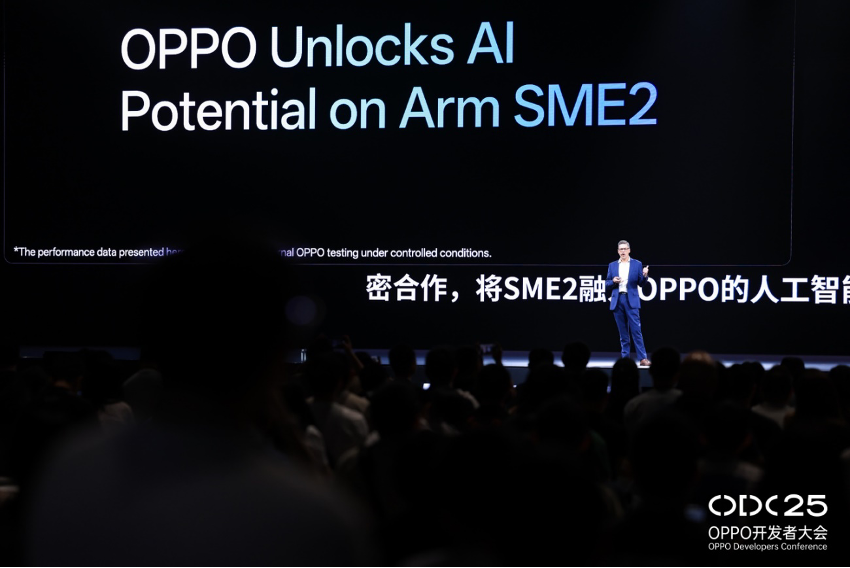
Figure. 5
SME2 has already made tangible impacts in edge AI—delivering significant improvements in both performance and accuracy. Arm is actively expanding SME2 technology across every CPU platform. By 2030, SME and SME2 technologies are projected to add over 10 billion TOPS of computational power to more than 3 billion devices, continuously reducing deployment costs and privacy risks for edge AI. Responding to OPPO Developer Conference's vision of “Building a New AI Ecosystem Together,” Steve Raphael stated that Arm will continue leveraging technologies like SME2 and KleidiAI as catalysts. Collaborating with ecosystem partners, Arm aims to propel edge AI from “isolated innovations” toward “ecosystem symbiosis,” ultimately delivering edge AI experiences that benefit every user.




